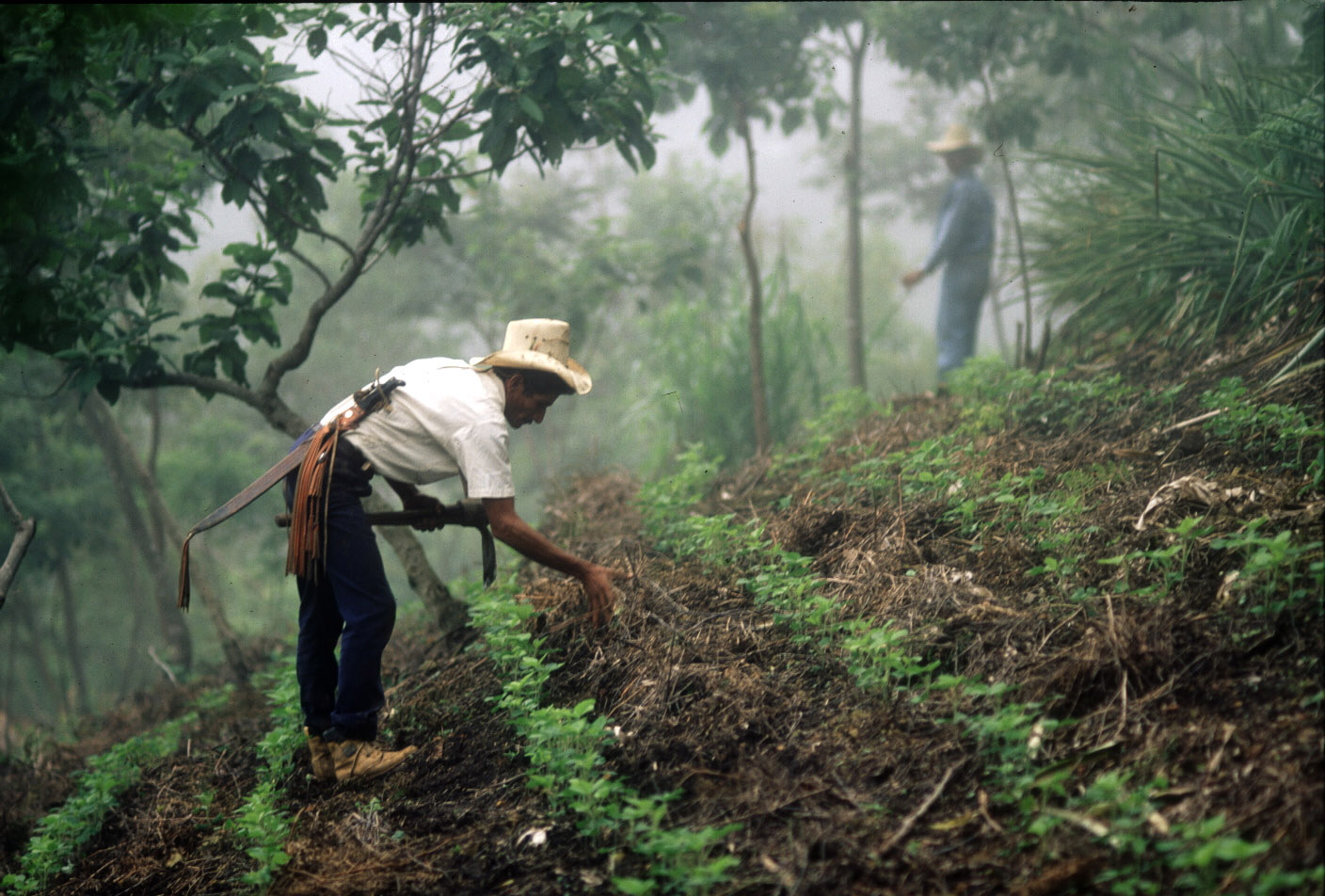Developing a system for providing information on how safeguards are being addressed and respected throughout REDD+ activities is a key requirement for results-based payments under the United Nations Framework Convention on Climate Change (UNFCCC) and the Green Climate Fund. Many countries have been working on the design of their Safeguards Information Systems (SIS), but until now, only a few have put their SIS into operation.
To date, ten countries have implemented a SIS online. A common starting point has been the launch of a webpage that can be followed by other steps towards building a SIS platform, like adding new modules or linking to existing systems. Drawing on the experiences of some countries in the Latin America and Caribbean region, here are the key strengths and challenges of SIS operation.
Strengths
Participatory processes in building the SIS. Mexico was the first country to have an operational SIS, developed with feedback gathered through workshops and inter-institutional dialogues from government, institutions, academia and civil society. These efforts were connected to the development of the National REDD+ Strategy and the establishment of a National Safeguards System, of which SIS is a part. The participation and engagement of stakeholders at the subnational level was key to developing the State Safeguards Plans that resulted from collaboration between the state governments and civil society.
Supporting SIS operation in REDD+ strategy frameworks. The National REDD+
Strategy serves as an action framework for the development of Chile’s SIS. The strategy identifies institutions that will be relevant for providing information to the SIS. The institutional arrangements and decisions made to develop or strengthen the SIS considered the needs to keep the system running in the long term.
Efficient and flexible tools to provide information on safeguards.Ecuador’s SIS includes a webpage, along with manual processes and a template to report on how safeguards are being addressed and respected. The template is being used and adjusted according to feedback received from different information providers. Gradual improvements in the quality and detail of safeguards information can be seen in the SIS. Capacities have to be established among REDD+ implementing partners to use the SIS report template. The next step is to move the report template to a web-based tool and begin the conceptualization and design of the SIS to a more efficient and automated instrument.
Challenges
Linking SIS to a capacity building and communications strategy. Mexico’s experience highlighted the importance of conveying safeguards messages in a way that was clear and user-friendly -- not an easy task. Key stakeholders needed to understand their role in the application of safeguards, as well as receive guidance on implementing safeguards at different administrative levels. Capacity building activities should support the process of communicating safeguards compliance.
Bringing together information for different safeguards frameworks for different scales of implementation. Some countries have received support for the REDD+ readiness phase from different donors and development partners, as was the case in Chile. Given that different donors and partners have different safeguards frameworks, Chile found it challenging to develop a system that responded in a comprehensive manner to all these requirements at all these scales. As a result, the country developed a unified approach to safeguards, which helped determine the scope and ambition of the SIS, as well as the expected outputs and the administrative scale of information gathering.
Formulating indicators for reporting on safeguards. According to the experience of some countries, such as Ecuador, the selection of indicators to structure information in the SIS was challenging. A list of indicators can be seen as a tool for efficient reporting on REDD+ safeguards. Lengthy participatory processes resulted in a long list of descriptive indicators unrelated to any methods to measure them. This is particularly evident when SMART (specific, measurable, attainable, relevant, time bound) indicators are expected. On the other hand, in previous years, a long participatory process resulted in a big list of descriptive indicators, not related to a methodology to measure them. Such a list has to be evaluated and prioritized in order to establish a route to effectively measure and create evidence on how the country is upholding safeguards as part of REDD+ implementation.
The initial experiences of some Latin American countries indicate it could be useful to design a SIS and determine an architecture that is flexible and allows for improvements and new information over time, as well as a more gradual approach.
For more information on REDD+ safeguards information systems:



